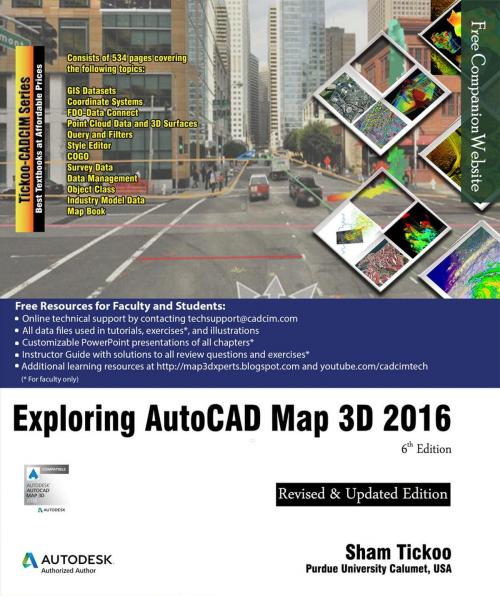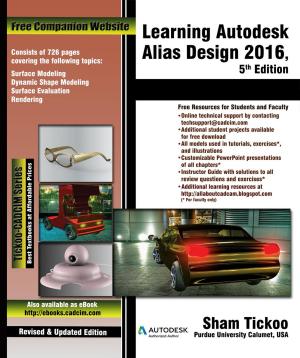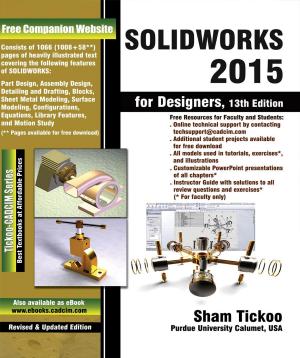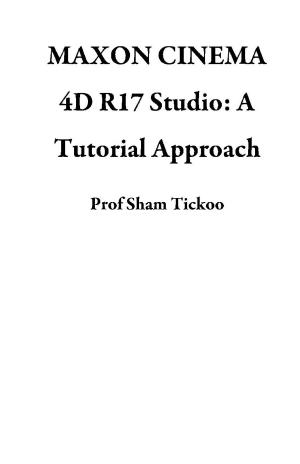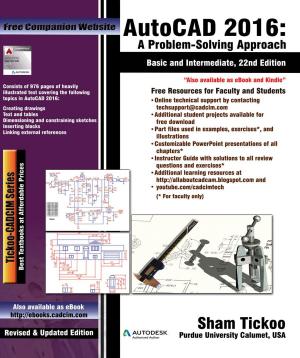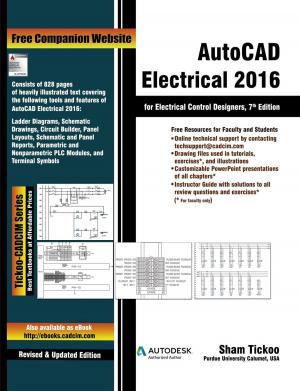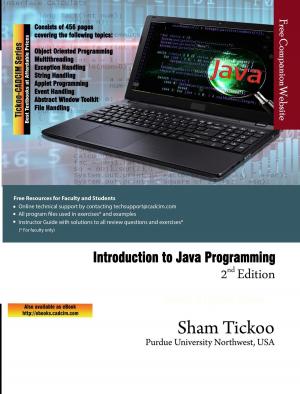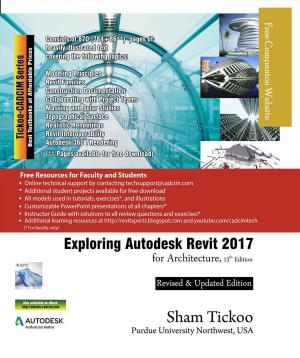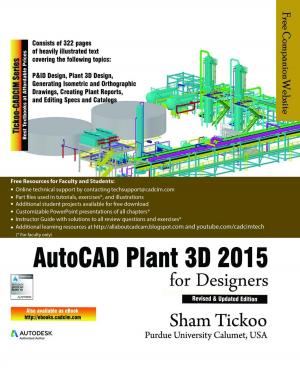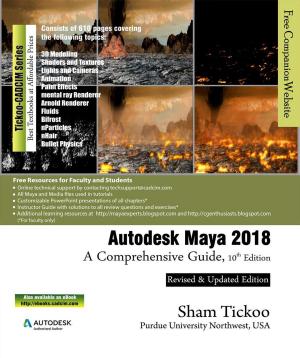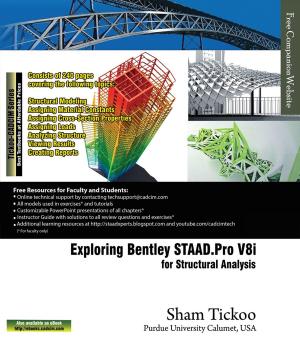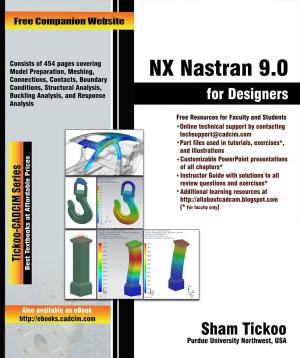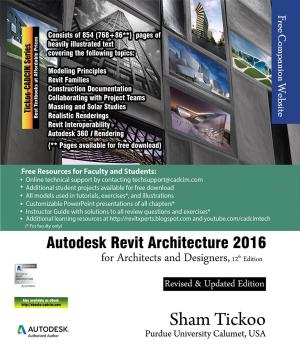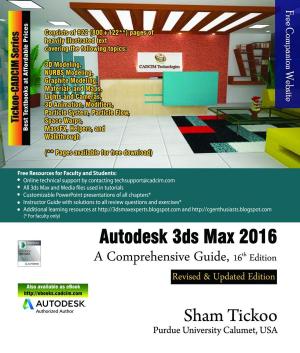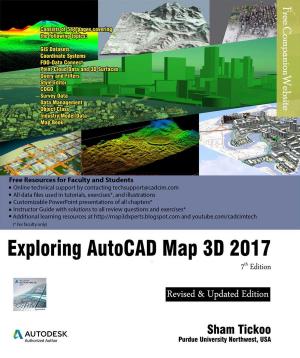| Author: | Prof Sham Tickoo | ISBN: | 9781386142379 |
| Publisher: | CADCIM Technologies | Publication: | August 10, 2017 |
| Imprint: | Language: | English |
| Author: | Prof Sham Tickoo |
| ISBN: | 9781386142379 |
| Publisher: | CADCIM Technologies |
| Publication: | August 10, 2017 |
| Imprint: | |
| Language: | English |
Exploring AutoCAD Map 3D 2016 is a comprehensive textbook that has been written to cater to the needs of the students and the professionals. The chapters in this textbook are structured in a pedagogical sequence, which makes the learning process very simple and effective for both the novice as well as the advanced users of AutoCAD Map 3D. In this textbook, complex geospatial processes have been illustrated through easy-to-understand flow diagrams. Also, various processes such as creating feature and drawing objects, managing object data, and displaying spatial data have been covered in this textbook. This edition also introduces users to the concepts of industry model database for managing spatial data. The simple and lucid language used in this textbook makes it a ready reference for both the beginners and the intermediate users.
The salient features of the textbook are as follows:
• Tutorial Approach
The author has adopted the tutorial point-of-view and learn-by-doing approach throughout the textbook. This approach guides the users through various processes involved in creating and analyzing spatial data. At the end of each chapter, tutorials are provided to practice the concepts learned in the chapter.
• Real-World Projects as Tutorials
The author has used about 30 real-world GIS projects as tutorials in this book. This will enable the readers to relate the tutorials to the real-world projects in GIS industry. In addition, there are about 20 exercises based on the real-world GIS projects.
• Tips and Notes
The additional information related to various topics is provided to the users in the form of tips and notes.
• Learning Objectives
The first page of every chapter summarizes the topics that are covered in that chapter.
• Self-Evaluation Test, Review Questions, and Exercises
The chapters end with Self-Evaluation Test so that the users can assess their knowledge of the chapter. The answers to Self-Evaluation Test are given at the end of the chapter. Also, the Review Questions and Exercises are given at the end of each chapter and they can be used by Instructors as test questions and exercises.
• Heavily Illustrated Text
The text in this book is heavily illustrated with about 300 line diagrams and screen capture images.
Exploring AutoCAD Map 3D 2016 is a comprehensive textbook that has been written to cater to the needs of the students and the professionals. The chapters in this textbook are structured in a pedagogical sequence, which makes the learning process very simple and effective for both the novice as well as the advanced users of AutoCAD Map 3D. In this textbook, complex geospatial processes have been illustrated through easy-to-understand flow diagrams. Also, various processes such as creating feature and drawing objects, managing object data, and displaying spatial data have been covered in this textbook. This edition also introduces users to the concepts of industry model database for managing spatial data. The simple and lucid language used in this textbook makes it a ready reference for both the beginners and the intermediate users.
The salient features of the textbook are as follows:
• Tutorial Approach
The author has adopted the tutorial point-of-view and learn-by-doing approach throughout the textbook. This approach guides the users through various processes involved in creating and analyzing spatial data. At the end of each chapter, tutorials are provided to practice the concepts learned in the chapter.
• Real-World Projects as Tutorials
The author has used about 30 real-world GIS projects as tutorials in this book. This will enable the readers to relate the tutorials to the real-world projects in GIS industry. In addition, there are about 20 exercises based on the real-world GIS projects.
• Tips and Notes
The additional information related to various topics is provided to the users in the form of tips and notes.
• Learning Objectives
The first page of every chapter summarizes the topics that are covered in that chapter.
• Self-Evaluation Test, Review Questions, and Exercises
The chapters end with Self-Evaluation Test so that the users can assess their knowledge of the chapter. The answers to Self-Evaluation Test are given at the end of the chapter. Also, the Review Questions and Exercises are given at the end of each chapter and they can be used by Instructors as test questions and exercises.
• Heavily Illustrated Text
The text in this book is heavily illustrated with about 300 line diagrams and screen capture images.
